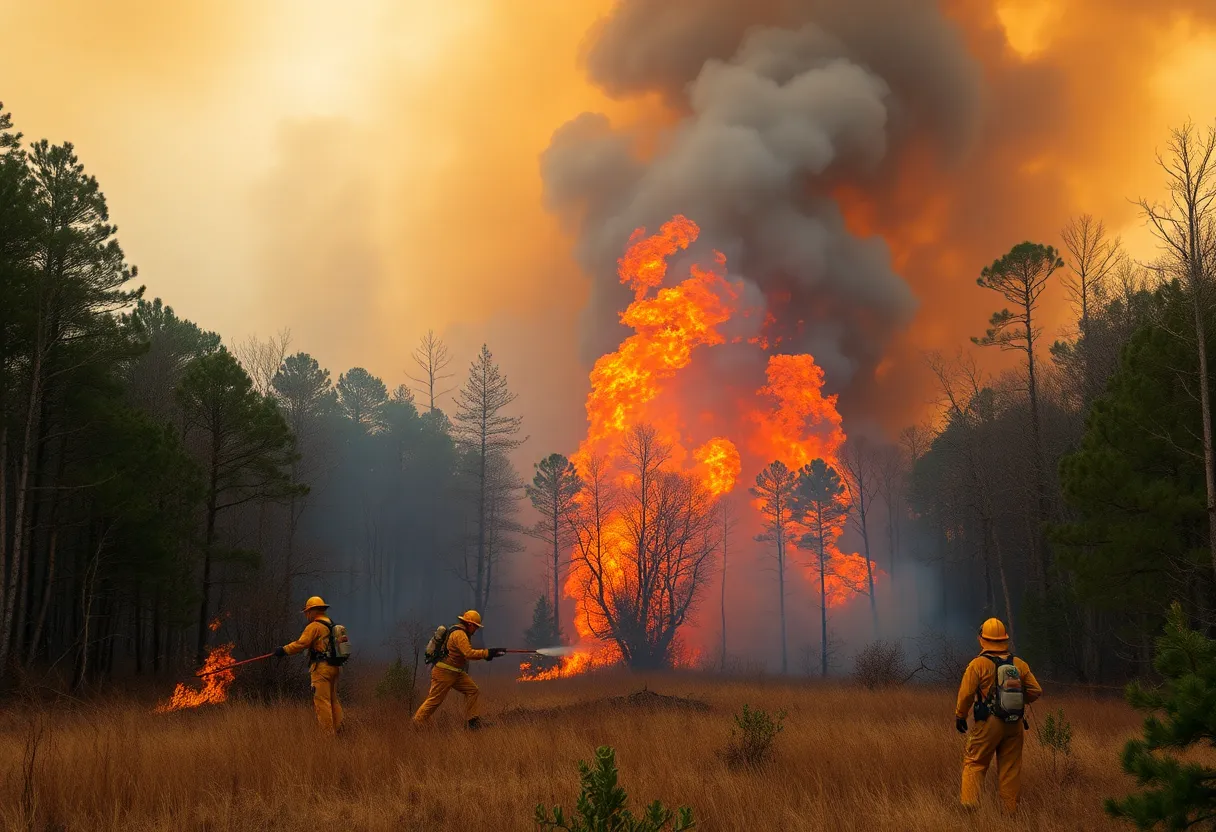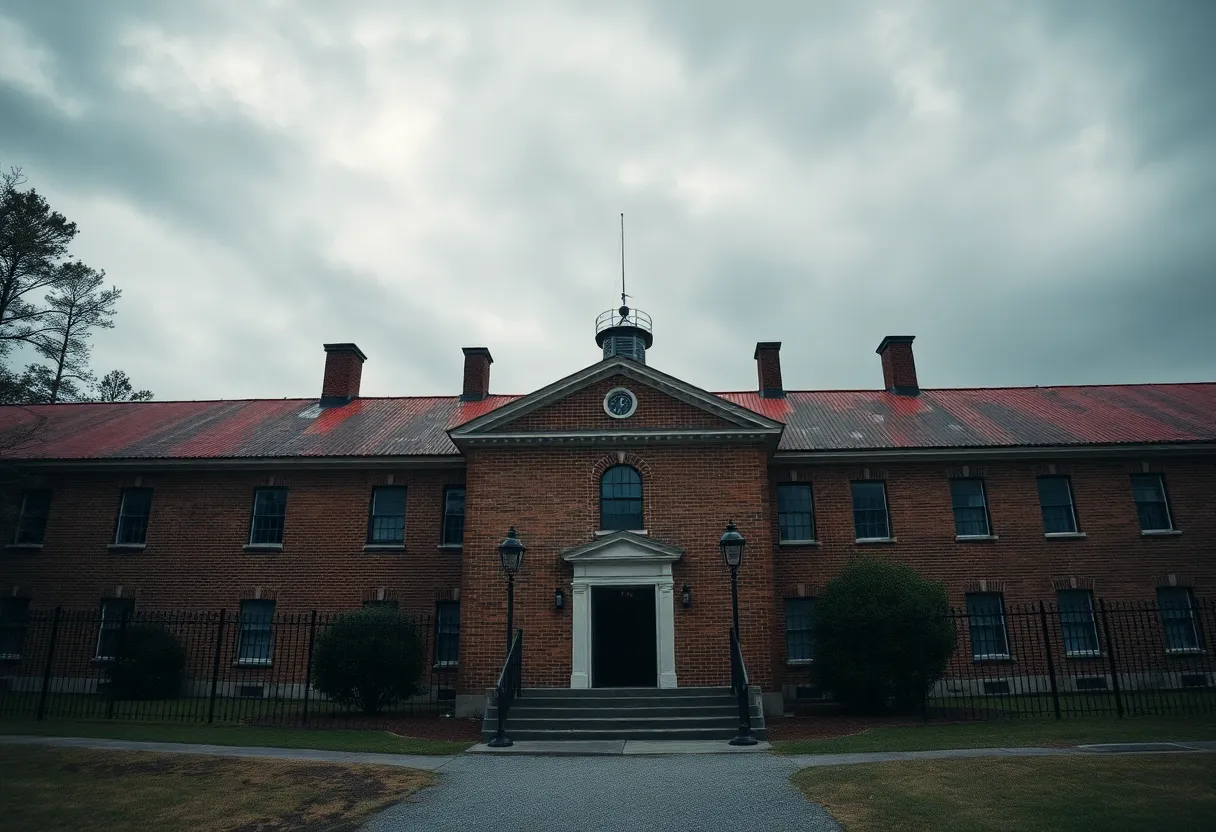How Can You Determine the Best Time to Inspect Your Roof for Potential Issues?
Understanding the Importance of Roof Inspections
Regular roof inspections are crucial for maintaining the integrity of your home. The roof is one of the most significant structures of your property, protecting it from environmental elements. Over time, exposure to sun, rain, wind, and snow can lead to wear and tear. Thus, timely inspections can help identify issues before they escalate into costly repairs.
Optimal Timing for Roof Inspections
While routine inspections are necessary, certain times of the year are particularly advantageous for assessing your roof’s condition. The following factors can assist in determining the best time for an inspection:
Seasonal Changes
Spring and fall are often considered the best seasons to inspect your roof. In spring, it is crucial to check for damage incurred during winter. Snow and ice can create leaks, and any weakened areas may not handle spring rains effectively. Conversely, fall inspections prepare the roof for harsh winter conditions, giving homeowners adequate time to make necessary repairs.
Before and After Major Weather Events
Inspecting your roof before and after significant weather events, such as hurricanes or heavy storms, is essential. Preemptive inspections allows for the identification of vulnerabilities that could worsen during the storm. Performing a post-storm inspection helps assess damage caused by high winds, hail, or heavy precipitation.
Warning Signs for Immediate Inspection
Besides seasonal timing, specific warning signs can signify the need for immediate inspection. Being aware of these signs helps maintain the roof more effectively.
Visible Damage
If you notice missing shingles, curling edges, or significant wear, it is time to schedule an inspection. Additionally, look for signs of sagging, which may indicate structural issues.
Leaks and Water Stains
Any signs of leaks inside your home, like water stains on ceilings or walls, should not be ignored. These indicate that your roof may have compromised areas that require attention.
Debris Accumulation
After severe weather, debris such as branches or leaves can settle on your roof. While this might seem minor, accumulated debris can trap water and create conditions for mold growth and leaks. Inspect for accumulation regularly.
Professional vs. DIY Inspections
Deciding whether to conduct your own inspection or hire a professional depends on several factors. Understanding the pros and cons of both can clarify your path forward.
DIY Inspections
Conducting a DIY inspection can be a cost-effective option. It allows for immediate attention to visible issues without incurring inspection fees. However, this method comes with risks. Homeowners may overlook hidden problems or misinterpret signs of damage.
Professional Inspections
Hiring a professional roofing contractor often results in a more thorough evaluation. They have the training, experience, and equipment to identify issues that may elude the untrained eye. While this option incurs costs, it can save money long-term by preventing larger issues.
Essential Tools for Roof Inspections
If you decide to perform a DIY inspection, having the right tools is critical. These tools enhance the quality and safety of your evaluation.
Binoculars
Using binoculars allows you to spot damages from the ground without climbing onto the roof. This tool lets you check shingles, valleys, and flashings without risking a fall.
Roofing Safety Gear
If you choose to access your roof, ensure you have safety gear. Employ a sturdy ladder, a safety harness, and non-slip shoes. Avoid taking unnecessary risks during the inspection.
Flashlight and Notepad
It is advisable to carry a flashlight for inspecting darker areas, such as under overhangs or within attics. Use a notepad to document any issues you discover for future reference or to provide to a professional.
Post-Inspection Considerations
After inspections, whether DIY or professional, it is crucial to address identified issues promptly. Ignoring minor problems can lead to significant damage and increased expenses.
Making Repairs
Repairing minor damages like missing shingles or minor leaks can usually be handled by homeowners. However, complicated repairs require professional intervention. It’s essential to get estimates and reference previous work from contractors to ensure reliable service.
Regular Maintenance
In addition to periodic inspections, routine maintenance achieves a sustainable roof life. This includes clearing debris, ensuring proper drainage, and checking for any wear caused by weather conditions.
Conclusion
Determining the best time to inspect your roof revolves around assessing the impact of seasonal changes, monitoring for warning signs, and understanding the need for professional evaluations. By choosing appropriate inspection times and addressing issues promptly, you ensure your roof remains functional and protects your home effectively.
Staying diligent about roof care is a vital part of homeownership that can yield long-term benefits. Therefore, integrate regular inspections into your home maintenance plan, and you will significantly reduce the likelihood of emergency repairs and expenses.



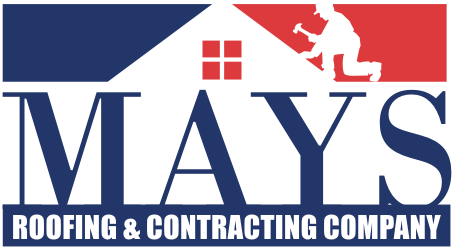
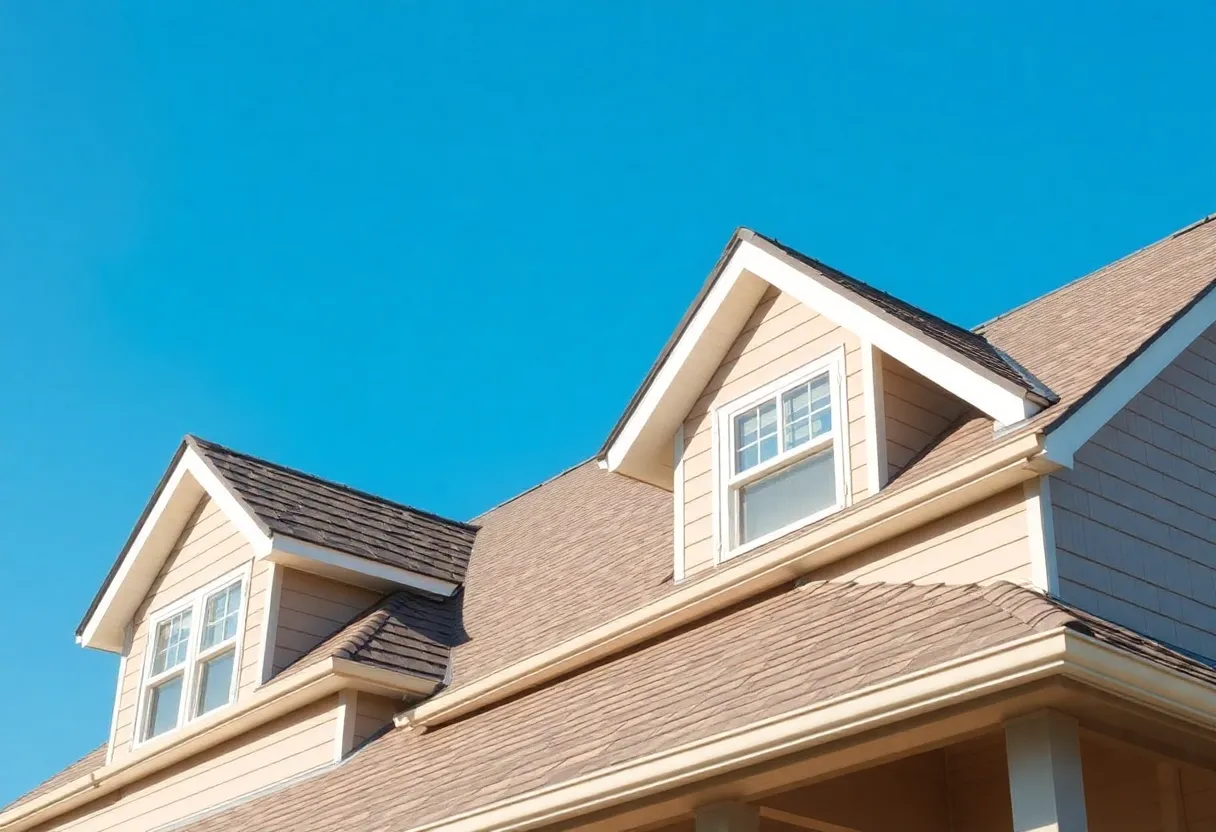
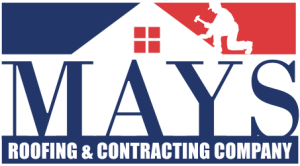 Mays Contracting
Mays Contracting